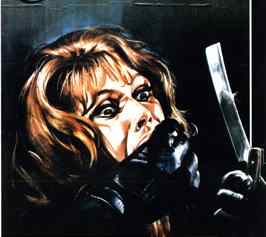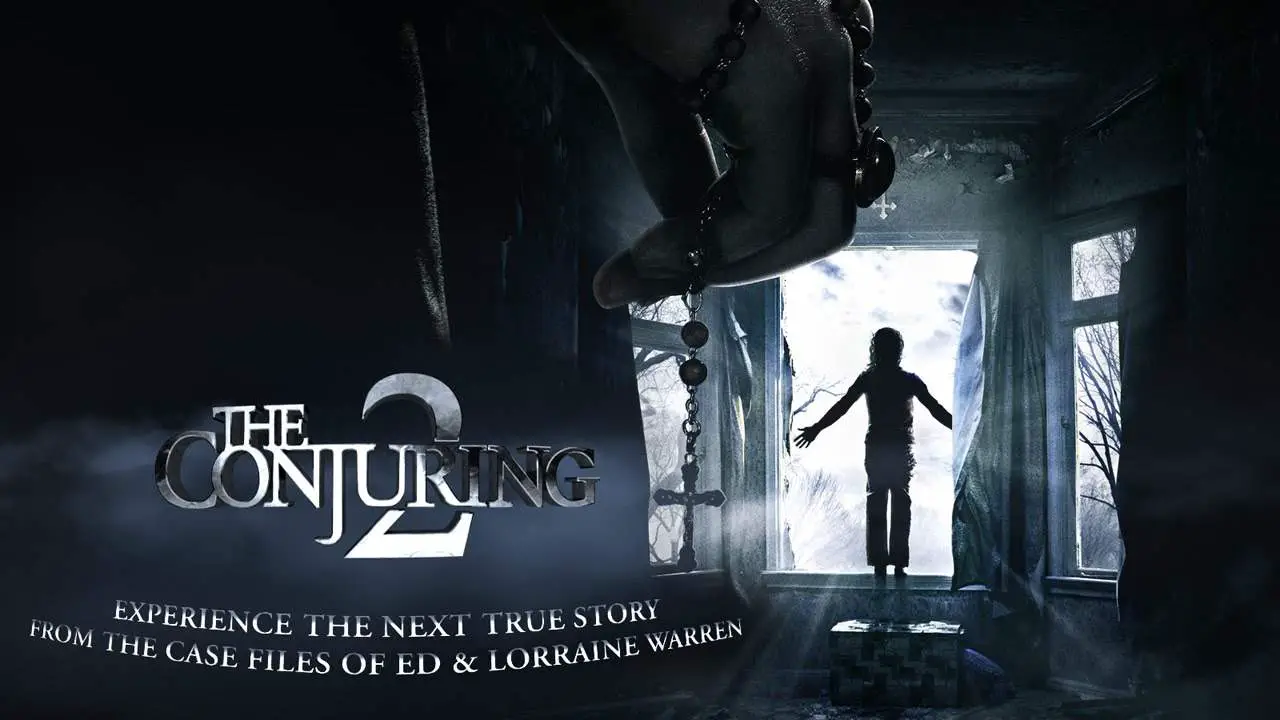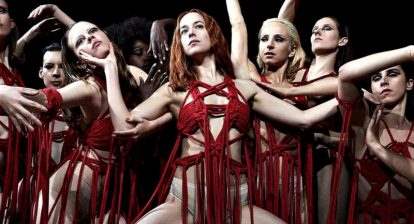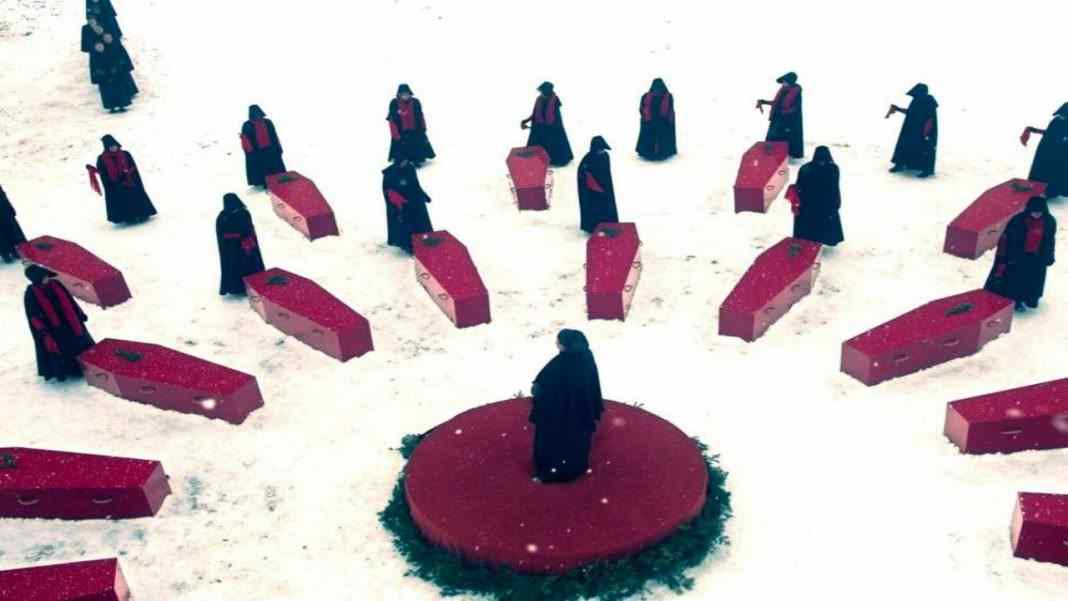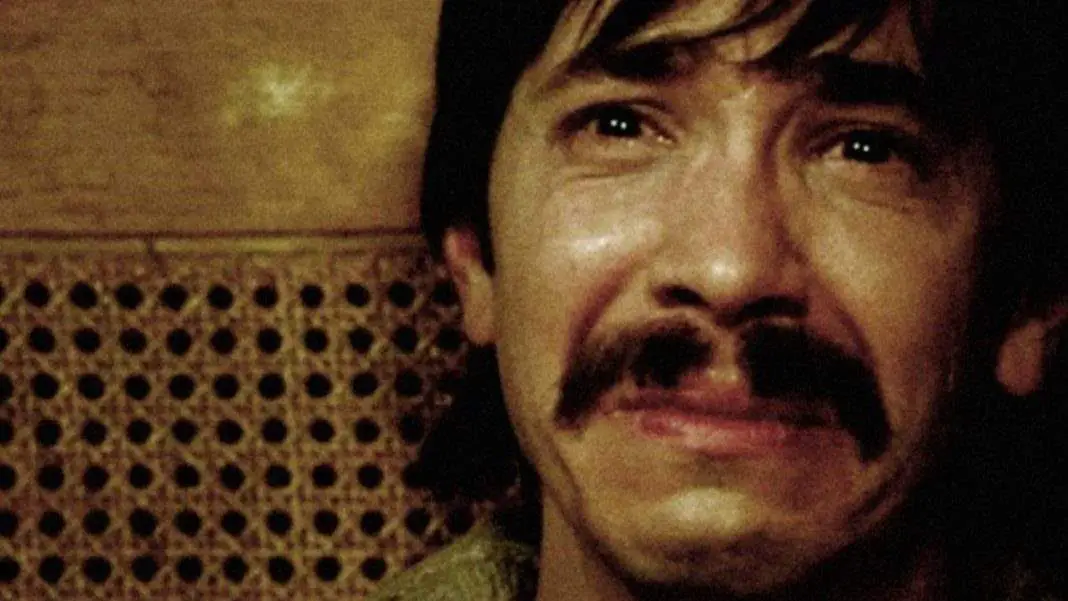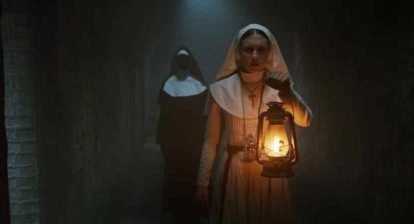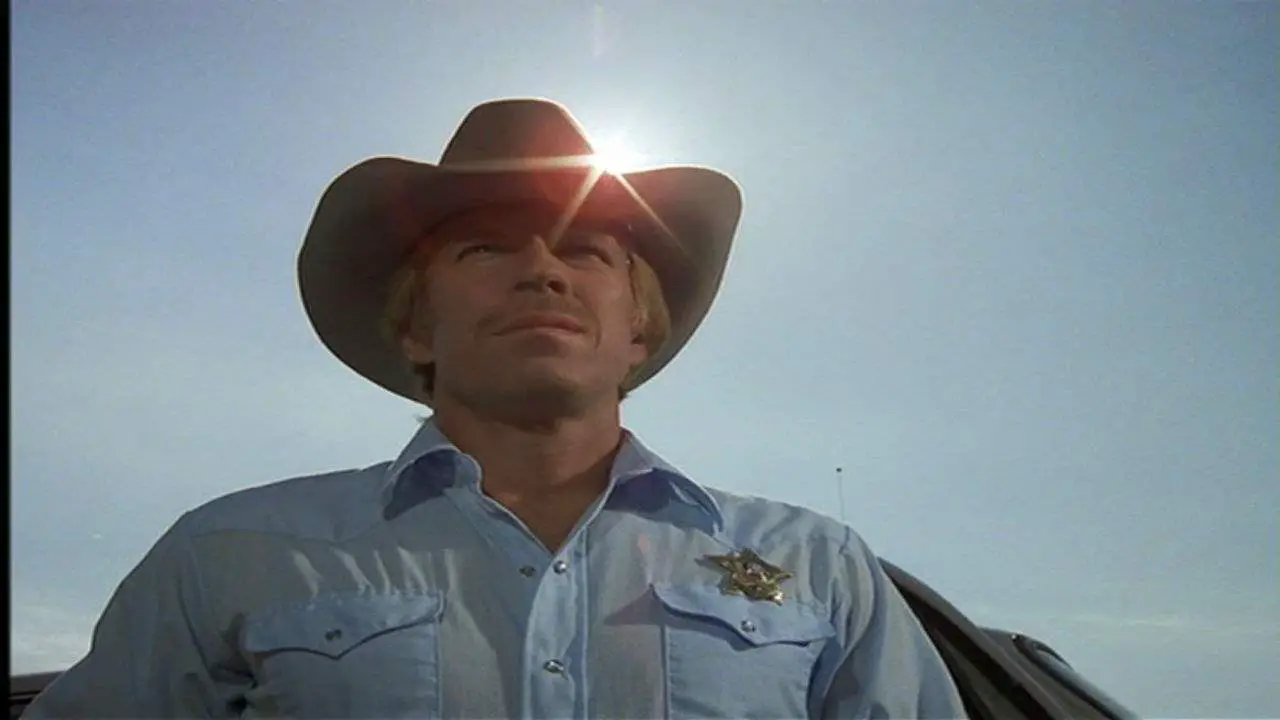[soliloquy id=”11940″]
I spent the entire weekend binging on some of my favorite Italian horror films and today felt inspired to put together a piece exploring the influence of the giallo films of the past in the modern slasher film and on the horror genre as a whole. I’ve often thought that the Italian masters of horror rarely get the bountiful credit to which they are entitled for their numerous contributions to the horror genre and for helping to shape the landscape of contemporary horror.
Over the weekend, I re-watched The Case of the Bloody Iris, Opera, Inferno, Phenomena, The House by the Cemetery, Kill Baby Kill, House of Clocks, and a few others. I had only intended to take in a couple of my favorites but the works of the prominent Italian horror filmmakers of yesteryear are so intoxicating and visually striking that I couldn’t help but keep going. I also couldn’t stop thinking about how much of an influence these films have had in shaping the face of modern horror. But still, they are rarely given the credit they deserve.
So many of the tactics regularly employed in the modern horror film either originated or were popularized by the Italian horror films of the sixties, seventies, and eighties. The POV shot and the concept of a mysterious killer that is not shown on camera until the third act were mainstays of the giallo genre. Also, a killer that sports black gloves was very popular in giallo filmmaking – perhaps most notably by Argento – and then popped up in a lot of slasher films during the slasher boom. Moreover, the dynamic camera angles used in a lot of Argento’s work and the bright and intoxicating use of color has been a common theme in many horror pictures released after the height of his success.
In terms of more contemporary fare: James Wan’s Dead Silence took a lot of cues from the Italian masters of horror. His use of deep reds was an obvious tribute to the work of Argento. Eli Roth has been candid about taking inspiration from Italian horror. Night Train Murders served as a major influence for the train sequence in Hostel II. In terms of slightly older examples: Happy Birthday to Me, Final Exam, The Dorm that Dripped Blood, and Friday the 13th were greatly influenced by the giallo genre and Italian horror in general.. Each of those films had an unseen killer and each instance saw the killer being exposed as someone the victims knew and in some cases even trusted.
In spite of the great influence the giallo films of the seventies have had on contemporary horror, the prevalent Italian filmmakers from that era are not always recognized for the contributions they have made in shaping the modern horror film. There is an entire generation of horror fans that have had very little exposure to Italian horror and that do not necessarily grasp the influence it has had on contemporary horror filmmakers. If it weren’t for the likes of Dario Argento, Mario Bava, and Umberto Lenzi, and Lucio Fulci, there likely wouldn’t be a Ti West, an Eli Roth, or a James Wan. The landscape of modern horror would be entirely different and would certainly not be as majestic or dynamic as it is today, were it not for the great Italian directors that rose to prominence in the ’60s, ’70s, and ’80s.
